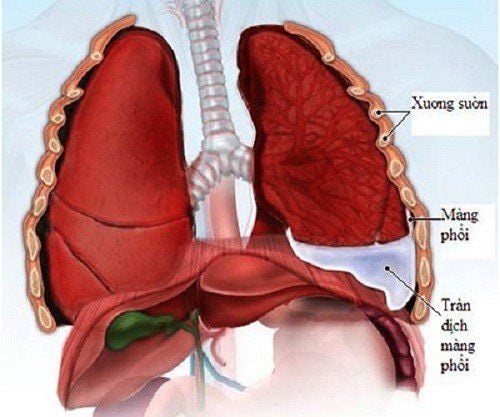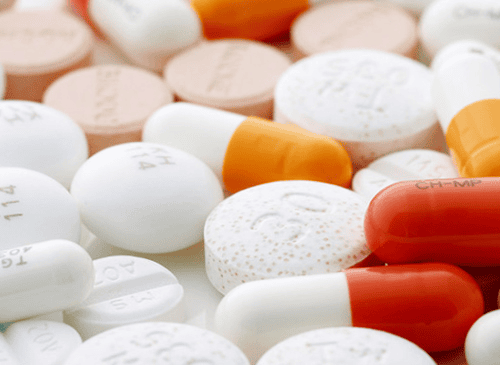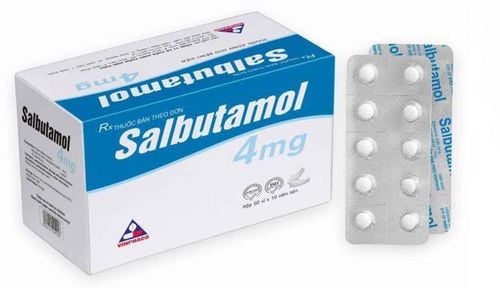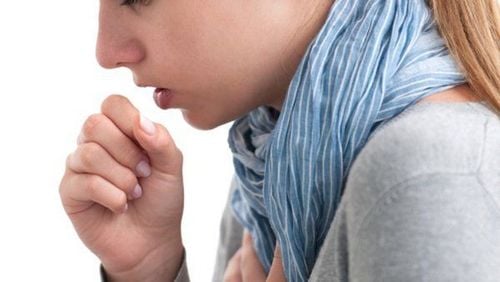This is an automatically translated article.
The article was professionally consulted by Specialist Doctor I Nguyen Hong Phuc - Emergency Department - Vinmec Phu Quoc International General Hospital. The doctor has many years of experience in the treatment of respiratory medicine.Bronchiectasis is a chronic lung disease in which the patient's airways are wider than normal. This leads to a build-up of mucus in the lungs and can put the person at greater risk of infection.
1. Bronchiectasis
1.1.What is bronchiectasis? Bronchiectasis is a recurring infection of the lungs that causes a cough with phlegm. These symptoms are caused by abnormal dilation in the bronchi.Bronchiectasis makes it difficult to remove mucus and phlegm from the lower respiratory tract up and out. It is this mucus that is an ideal place for many types of bacteria and germs to reside and grow. This leads to infection and bacterial overgrowth that causes inflammation and irritation. Infection, swelling and inflammation affect the airways, dilate the bronchi more and the bronchiectasis becomes worse. This process is sometimes referred to as the vicious cycle hypothesis of bronchiectasis.
1.2 Symptoms of Bronchiectasis The most common symptoms of bronchiectasis are cough, coughing up phlegm and shortness of breath. People with bronchiectasis may also experience sinusitis, cough up blood, chest pain, and feel tired.
1.3 Treatment goals for bronchiectasis Treatment goals for people with bronchiectasis:
Prevention of respiratory infections Treating cessation of symptoms of the disease Improving quality of life Avoiding predisposing factors heavier.
2. What tests should be done in case of bronchiectasis?
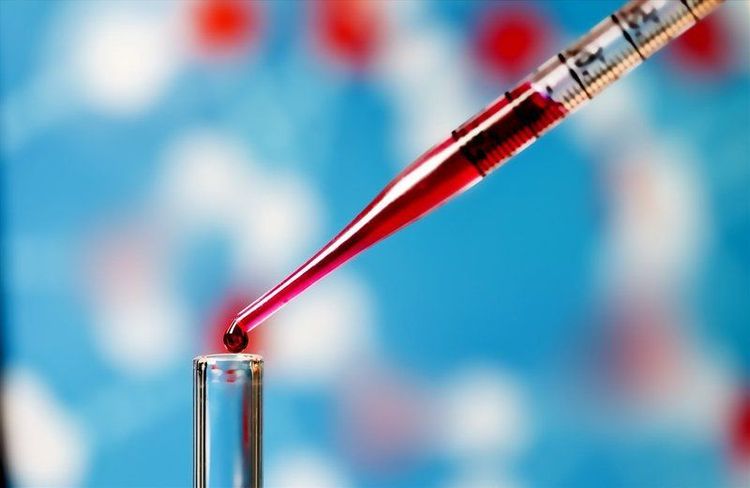
3. Treatment and care of patients with bronchiectasis

Depending on the severity of the disease, the doctor will take appropriate treatment measures. In general, treatment will include: Antibiotics to fight infection; phlegm drainage, sputum thinner; bronchodilators as needed; oxygen therapy; Hemostasis treatment when coughing up blood.
The bronchi that have been dilated in bronchiectasis cannot be restored. Therefore, early and thorough treatment of respiratory infections as well as prevention is very important. In addition to complying with the doctor's treatment, the patient should note the following:
3.1 Rest, be quiet and take proper care When sleeping, lie down in a supine position, with your head high, to ensure proper blood flow. Respiratory. Always keep the patient's body warm, avoid drafts. Daily oral hygiene and bathing to avoid infections, early detection of infections to guide treatment for patients, clothes, bed sheets and other items must always be clean. -If the patient coughs a lot, must instruct the patient to lie down with the head elevated, to one side, to give the patient plenty of warm water to drink, to warm and humidify the air to make it easier for the patient to breathe. It is used to loosen phlegm and make it easier for the patient to spit it out. 3.2. Diet The diet of patients with bronchiectasis plays an extremely important role. If there is a scientific and reasonable eating principle, it will help to quickly improve the condition of the disease. On the contrary, if not eating well can make the disease worse.
In the care of patients with bronchiectasis, attention should be paid to the following diet:
Patients should choose to eat foods rich in nutrients, frugal and easy to digest. The main foods to choose are flour, rice, peas, buckwheat... Besides, patients can also choose to eat cow's milk, soy milk, tofu, chicken eggs... protein, and rich in protein. Cassava, cabbage, melon, cucurbits, watermelon, lotus root, pear, tangerine, apple, pineapple, sugarcane, persimmon, peach... are very rich in vitamins and minerals, extremely necessary for the sick. bronchial dilation. Patients who spit up blood should eat a lot of lotus roots to help stop bleeding. In addition, almonds, squash seeds, and peach kernels have the effect of laxatives to reduce cough, and can be used as a daily snack. In addition to nutritious and necessary foods, patients with bronchiectasis should also avoid the following foods:
Abstain from irritating spicy foods and fatty foods: such as chili peppers, mustard seeds, pepper, roasted dishes fried, smoked meat, animal fat ... because these foods irritate the lining of the trachea, causing coughing. Fried fat and animal fat are indigestible, require more oxygen, make the lungs work harder. Abstain from alcohol: because the patient's lung function is poor, alcohol has the effect of paralyzing the respiratory center, making it easy to have difficulty breathing and stop breathing, which is very dangerous to life. Abstain from eating and drinking cold foods: because when cold is stimulated, the throat will become inflamed, causing coughing, making the disease worse.
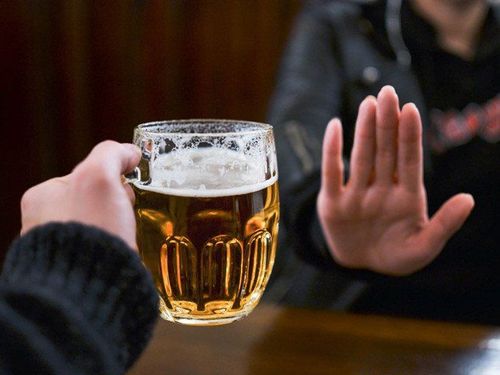
It is necessary to avoid factors that make the disease worse such as cigarette smoke, changing seasons, avoiding contact with harmful chemicals... When the weather changes or when the sick person goes out, it is necessary to wear a mask, wear a mask. warm to avoid drafts, make respiratory diseases worse, bronchiectasis lasts longer. Patients need to maintain a suitable gentle exercise regimen to improve health. Along with the application of a scientific diet and activities, patients with bronchiectasis should monitor their health status at home, re-examine periodically according to the doctor's appointment. From there, there is a suitable prescription for bronchodilator treatment.
Bronchiectasis is a progressive and worsening condition with repeated infections. Therefore, the outcome of treatment is to prevent infection and exacerbations. It is important to try to keep the lungs as healthy as possible with good lung function. Patients should contact their healthcare provider early if symptoms of an exacerbation develop.
Please dial HOTLINE for more information or register for an appointment HERE. Download MyVinmec app to make appointments faster and to manage your bookings easily.





